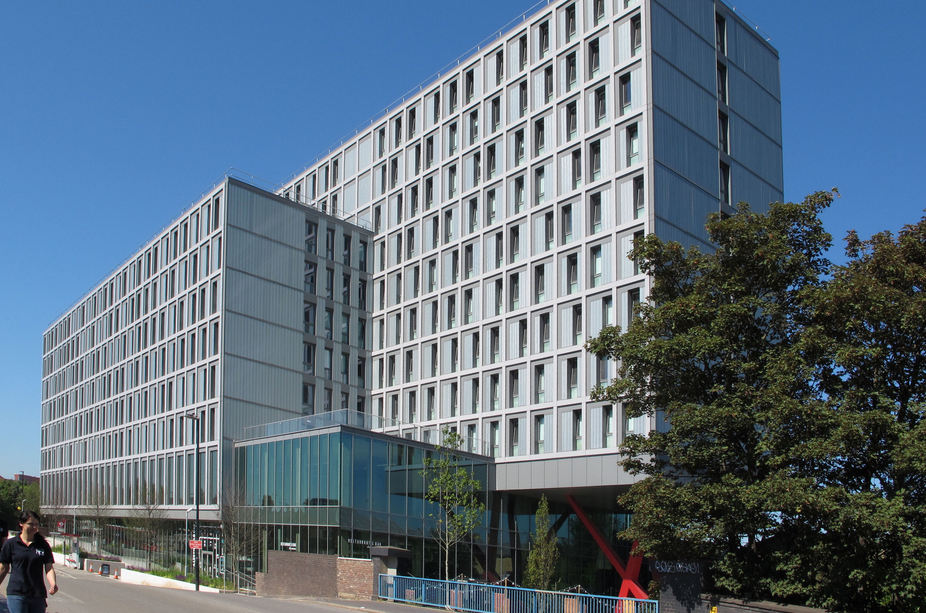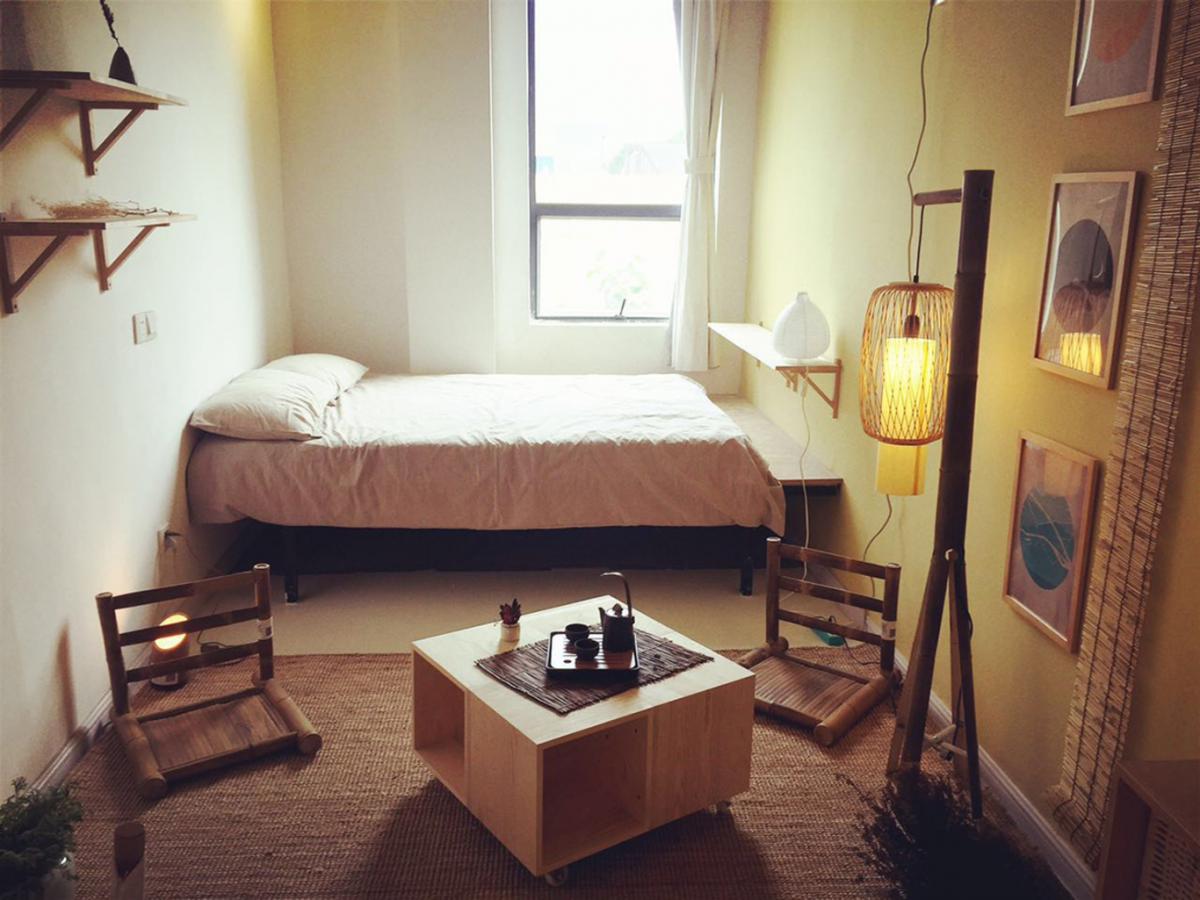
THIS IS THE THIRD PIECE IN THE CONVERSATION'S SERIES,
"REINVENTING DENSITY," CO-PUBLISHED WITH
FUTURE WEST (AUSTRALIAN URBANISM).
Many housing types are totally at odds with how people live today because people don’t have as many material goods as they used to. Those under 30 may not own much at all. Music is digitised and streamed (Sonos, Spotify), treasured photo albums live in the cloud or within applications (Dropbox, iPhoto), tools are pooled (Open Shed), vehicles and rides are shared (Flexicar, BlaBlaCar, Uber), there’s no landline phone or TV cable, kitchen appliances are redundant with the ubiquity of food delivery services (Foodora, Deliveroo), and pets are borrowed (DogVacay, BorrowMyDoggy).
Main image above: The Collective Old Oak co-living block in London
has more than 500 apartments with bedrooms and bathrooms. All other
spaces are shared. Photo by David Hawgood/Geograph, CC BY-SA
The young are also likely to be renting their accommodation. Data from the Melbourne Institute of Applied Economic and Social Research reveal that barely 50% of Australians lived in a house they owned in 2014. If this trend continues, many of today’s young Australians will never own their own home.
With transformations in digital technologies and housing-price pressures changing living habits, people will not only possess fewer physical objects in the future, but new apartment dwellers will be more likely to occupy less space at a later age. These private domestic spaces are decreasing in size to become more efficient, hopefully more affordable, and for some restless millennials, more desirable.
Corporatising the co-living model
One model to emerge in the trend towards downsizing private domestic space is branded co-living spaces. Examples include The Collective (London), Zoku (Amsterdam), and Roam (London, Madrid, Miami, San Francisco, Tokyo, Ubud). In the corporatised co-living model, occupants rent private bedroom space (some bedrooms are as small as ten square metres) on a rolling contract for weeks or months, but share living and working spaces.
These collective spaces are often programmed with extracurricular activities such as yoga, business workshops, cooking classes, and guest talks that promote social exchange between renters.
Systems of logistics, such as apps and chat platforms, facilitate the sharing of objects and space. Access to the co-living space is granted if you are part of a tribe (students, communes, families, or business people).

One of the global market leaders in co-living arrangements is the Chinese You+. The company has built over ten co-living spaces and claims to house more than 10,000 people across 25 branches. Private bedrooms (with bathroom) range in size from 20 to 50 square metres. The minimum stay is six months at an average monthly rent of A$470.
At You+, people over 45 are discouraged. Couples with children or those who are anti-social are not permitted. Tech entrepreneurs tend to be given preference.
Subscribing to a co-living or dormitory arrangement such as You+ can mean lower rental costs (relative to renting a single-bedroom apartment on an above-average income), a surfeit of potential friends, and a flexible rental contract. For some, this may be a genuinely desirable option. For others, it may be the only option in a competitive rental market at a time when there are few affordable housing options.
Blurring the public-private divide
As private interior space contracts and shared domestic spaces become more common, the public realm is also changing.
Formerly private activities, such as working and communication, are occurring more frequently outside of the home, while the public sphere is taking on characteristics of interior or domestic settings: intimate spaces, interior furnishings and finishes, pocket parks, guerrilla gardening. The idea of what constitutes a home may be changing and expanding to consider urban space.
A lot of hyperbole surrounds the branded co-living spaces like You+ that have emerged under the so-called sharing economy—also known as the communal, collaborative, inclusive, gig, or social economy. But there is a tension between the realities of the model and the benevolence of the act of sharing.
At the behest of the property owner, co-living spaces tend to have less fixed furnishings and cheaper construction. They also have more occupants because typical apartment spaces (living room, laundry, kitchen) are compressed. Behind You+ and its ilk, there are venture capitalists looking for high returns.

Co-living arrangements are transforming the physical typologies and financial models of housing, and are the latest in a long tradition of collective housing arrangements, from the kibbutz to student dormitories to share houses, baugruppen, and boarding houses.
With lone-person households to account for more than a quarter of all Australian households by 2031, according to the Australian Bureau of Statistics, we need to rethink how we build collective and individual space in a denser city that reflects how many people want to live today—and tomorrow.
We can see that market and societal demands are pushing people towards sharing space, but many co-living arrangements do nothing to improve housing affordability in the long term. 
This article was reprinted through the courtesy of The Conversation, an independent source of news and views, sourced from the academic and research community, and delivered direct to the public. Read the original article here.
The Conversation is co-publishing articles with Future West (Australian Urbanism), produced by the University of Western Australia’s Faculty of Architecture, Landscape and Visual Arts. These articles look towards the future of urbanism, taking Perth and Western Australia as its reference point. You can read other articles here.

